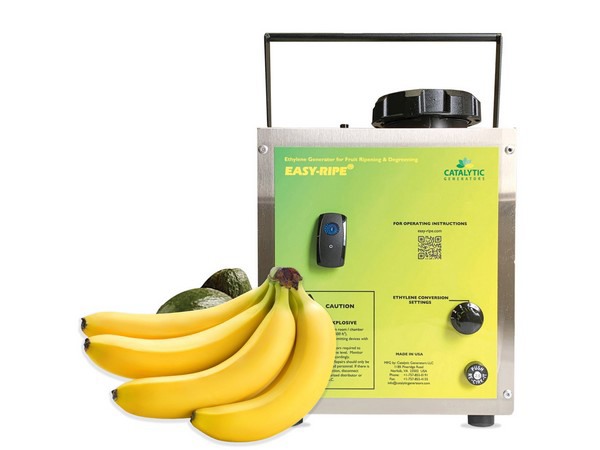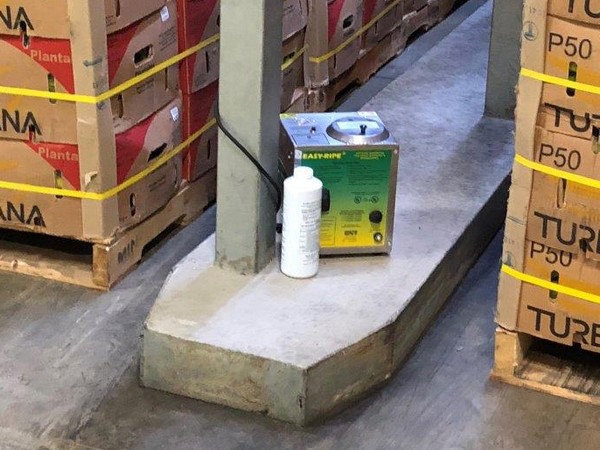Postharvest handling of some fruits involves additional steps that are critical to their success at retail. Ripening with ethylene ensures that several of these commodities are at ideal ripeness and will properly reach a dependable, ready-to-eat stage at the right time. Ethylene is a natural plant hormone that various fruits release as they enter their climacteric stage, the period when fruit respiration increases and starches convert to sugars.
“Having quality ripening rooms is critical to having a successful ripening process,” says Gary Campisi, president of Campisi Produce Consulting, LLC. He emphasizes that ripening rooms are only one of several critical elements though.

“The first of those elements is ensuring you have a vendor delivering high-quality ethylene service,” said Campisi. A minimum of 100 parts per million (ppm) is recommended for most fruits and the ethylene equipment should be able to produce and maintain the correct level throughout the ethylene application period.
“Ethylene vendors need to deliver consistent quality ethylene at a competitive price and in a timely manner,” Campisi continued. “Their generators need to be reliable. I started working with Catalytic Generators in the 1980s and found their generators are easy to use, reliable and deliver a consistent amount of ethylene concentration that can be refined for each commodity.”
Ethylene, while valuable in ripening, can be very dangerous as it is explosive--a risk eliminated when using the ethylene generators from Catalytic. “Ethylene produced in modern ethylene generators does not concern Campisi. “It’s safe and the application is easy to execute.”

The next critical element to the ripening process is having quality fruit to ripen. Knowing the fruit maturity and overall quality are extremely important before initiating the ripening process with ethylene. “Having this knowledge, the ripener can determine the proper cycle, temperatures and ethylene necessary for a given commodity,” noted Campisi, adding that there are times when a particular fruit is at a maturity level that does not require ethylene treatment. Understanding the maturity of the fruit, along with seasonality, will help the ripener determine when to initiate the ripening process with ethylene and at what temperature.
“The appropriate instrument for determining the maturity of avocados, mangos and pears is a penetrometer. For bananas, a sharp knife and visual acuity are important. An accurate and calibrated pulp thermometer is critical for managing the ripening process for all these fruits.” Why is calibration so important? “Utilizing calibrated tools is an important factor in achieving the consistency necessary for a successful program.”
QA Supplies, sister company of Catalytic Generators, carries a complete line of these and other quality management tools, plus offers calibration services.
The final element is scheduling-- creating a ripening plan to ensure that the precise amount of fruit, at the proper ripeness, is achieved daily. It’s key to know historical demand to plan the right amount of fruit to have ready to ship.
 For more information:
For more information:
Greg Akins
Catalytic Generators
Tel: +1 (757) 855-0191
info@catalyticgenerators.com
www.catalyticgenerators.com
